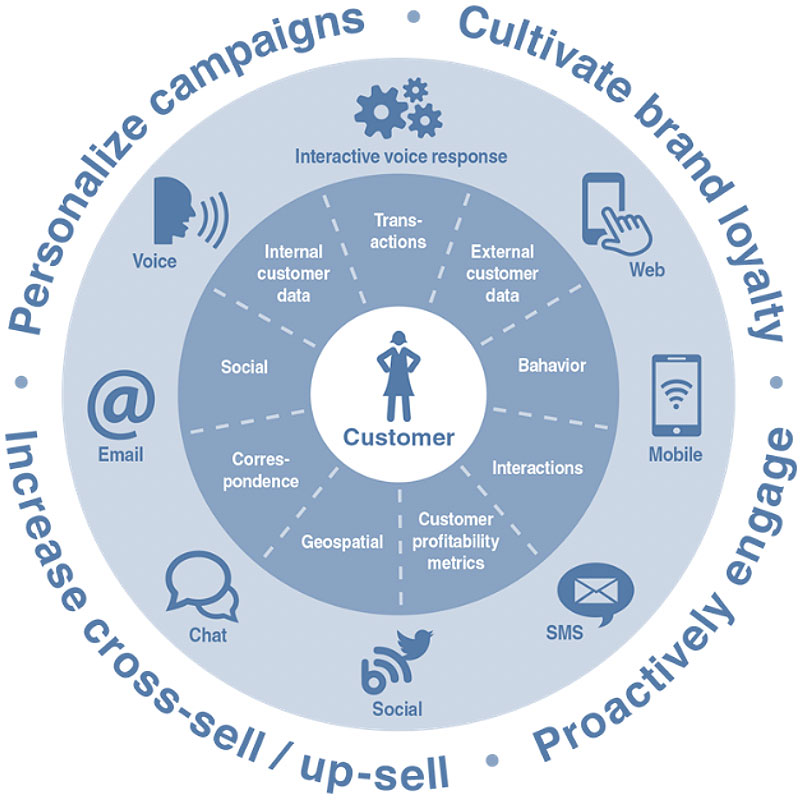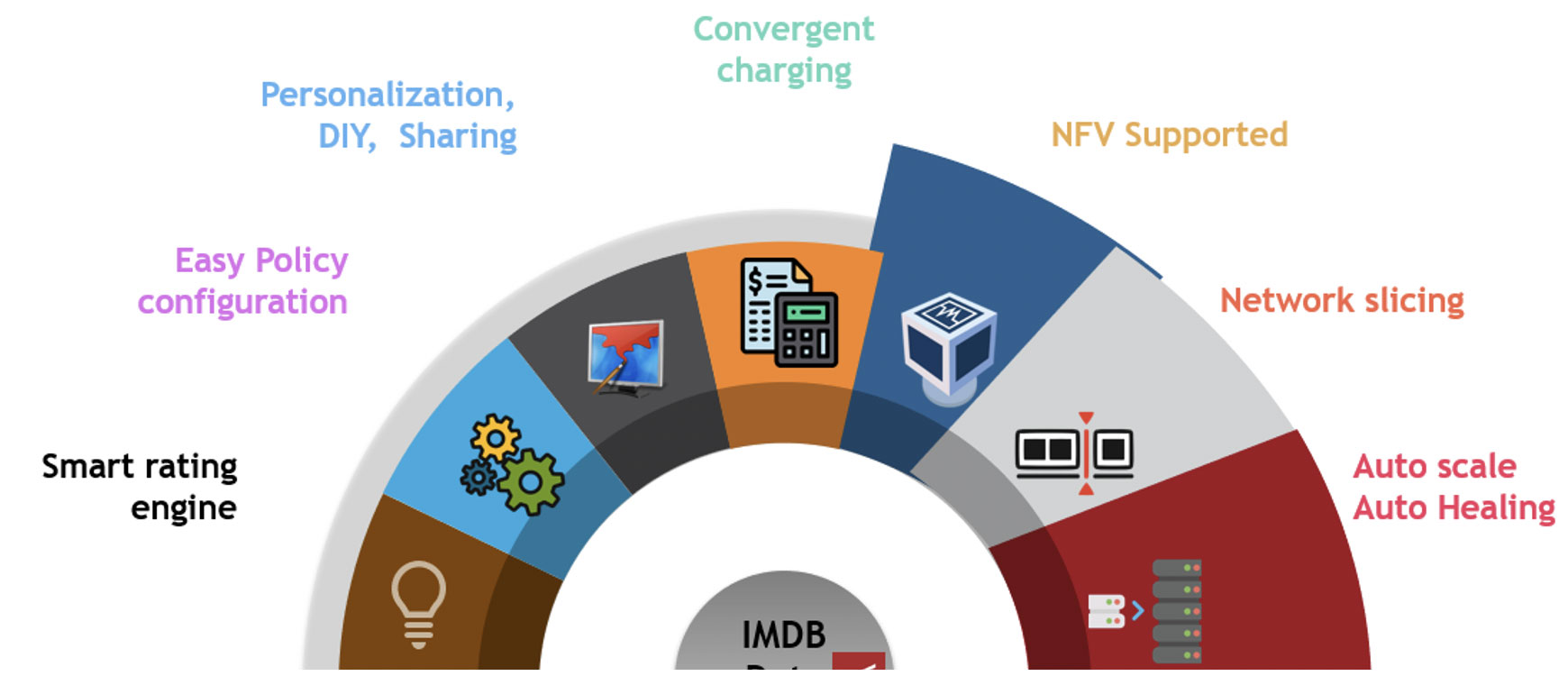Covid 19 Caused Massive Transformation in Telecom
While many things slowed down for businesses during the pandemic, digital transformation was not one of them. A McKinsey Global Survey of executives finds, for example, that companies accelerated the digitization of their customer and supply-chain interactions by three to four years and the share of digital or digitally enabled products by an astonishing seven years.
The survey also finds that not only did companies implement temporary changes to meet new demands faster than they believed possible, those changes are here to stay.
When considering the changes that have been wrought by the pandemic, telehealth is at the top of the list. According to the Centers for Disease Control, telehealth visits have skyrocketed 154 percent during the last week of March 2020, compared with a year before. Another big shift has been in remote learning for all grade levels and even universities. As of Sept. 2, 2020, 73 percent of the 100 largest U.S. school districts had chosen remote learning as their back-to-school instructional model, affecting more than eight million students. At the same time, ecommerce, fintech and the rise of Bitcoin has been accelerated as we move to a cashless society.
All these changes show that no organization can afford to lag behind on its digital transformation efforts – although they may balk at the exploding costs of such undertakings.
The good news is that several companies have shown not only how to transform quickly, but in a cost-effective way. Their moves before the pandemic paid off not only during the last year, but have positioned them to be agile, fast and responsive to changing markets and customer demands in the future.
Success stories
While it’s estimated that the information age started sometime in the 1970s, the pandemic has clearly highlighted how being able to access information easily is critical to survival. But even more important than accessing information is doing something with it – into gaining insights into your customers so that you can make wiser decisions to support them.
For example, Bharti Airtel Limited, also known as Airtel, is the world’s fourth largest mobile network operator with 440 million subscribers and operations in 18 countries across Asia and Africa. It offers various services, such as mobile commerce, high-speed home broadband and national and international long-distance service to carriers.
With 1.3 billion potential customers in India alone, competition is tough. But Airtel has found a way to entice and retain customers because it turned to its database that allowed it to mine trillions of records with deep learning to get a better idea of what its customers are doing and how best to serve their needs.
Airtel created a Customer 360 initiative directed at developing a holistic set of historical data and real-time triggers from siloed data coming from various business units. It developed a geographic and demographic footprint for each customer, further enhancing its deep knowledge of their customers. The goal: to boost customer engagement by offering more targeted products and services and spot early warning signs that a customer might switch to another carrier.
This all required an ability to collect and combine data sources from more channels to gain a 360-degree view of the customers’ buying behaviors and how they use services like phone, messaging and emails. That’s when Aerospike stepped in.
Airtel’s Digital Brain
Customer 360

Aerospike was able to provide greater scalability, allowing Airtel to process more than 100 billion records in one day. It also gave Airtel greater agility, speed of more than 40,000 transactions per second and 99.999 percent reliability. Another big advantage for Airtel: Using Aerospike led to a 90 percent reduction in TCO over Oracle TimesTen.
Using Aerospike, every single system in Airtel’s ecosystem could query the database about the customer. Airtel’s “digital brain” is used to drive the one-channel experience for consumers, whether they’re using call centers, the app, stores or digital television. The result is that Airtel now not only knows what customers are doing, but what they want and how and when they want it. It means that Airtel can provide a much more personal, satisfying customer experience.
Another example of a company that was mining and using its data successfully before the pandemic is Viettel, Vietnam’s largest telecommunications provider.
Viettel is a multinational corporation and Vietnam’s largest state owned enterprise company. It is growing at a robust 34 percent a year. But one its challenges is that it serves 11 countries – many of them with remote and poor areas that can’t afford modern telecom bundled services. As a result, it may bundle phone services in with TV and broadcast, along with utility bills and even fees for non-stop toll roads.
In addition, because of the poor and rural areas, Viettel decided to provide telecommunications services at lower fees and offer desperately needed banking services to its customers since physical banking is often difficult in such areas. By using Movitel, its mobile money and wallet service, Viettel was able to do that by offering customers an increase in the daily money transfer cap while also cutting transfer fees.
Still, Viettel believed it needed to do more in the highly-competitive telecom industry to reduce customer churn. It decided that it was critical to provide great personalized experiences and give customers a better ability to use mobile devices to meet their daily needs, whether it was shopping, paying their bills or navigating their cars.
Rating and Charging –

With Aerospike’s help, Viettel developed a cutting edge, future-proof online charging system to service the lower cost and unique service needs of its customers. The Viettel Online Charging System (vOCS) was designed as a convergence system that supports multiple services. Core to the solution is a highly scalable database architecture that can seamlessly support growth from 170 million to more than 400 million users with speeds exceeding 60,000 transactions per second for reads/writes and sub-millisecond latency. By moving from OracleTimes10 to Aerospike, Viettel also reduced their total cost of ownership by more than 40 percent.
In order to create such a powerful platform, the company developed their own technologies to not only leverage the Aerospike data platform, but to enable their customers to make their own businesses more successful by providing shared, corporate, hybrid, bundled and multi-device services.
The resulting solution includes their cloud group of services, now enabling the company to service new countries and serve them through the cloud. The service creates a highly flexible, high performance, highly scalable cloud solution that includes Network Function Virtualization (NFV). This enables them to quickly spin up a new virtualized VM container to handle unforeseen traffic spikes, auto scaling and auto healing. With the Aerospike data platform, data is centralized, and the services can vary easily – like add-ons – as customer requirements are changed or added.
Light-speed transformation
According to McKinsey, company executives are three times likelier now than before the pandemic to say that at least 80 percent of their customer interactions are digital in nature. When you consider that many people figured it would take at least a decade to make digital transformation a reality for their company, what has happened in the last year is nothing less than amazing. In fact, company executives say their companies acted 20 to 25 times faster than expected, the survey finds.
At the same time, executives from companies that experimented with new digital technologies during the pandemic and put more capital expenditures into those technologies as compared to their peers were more than twice as likely to report bigger revenue growth, the survey says.
For companies like AirTel and Viettel – and countless other companies that Aerospike has helped such as Nokia and Verizon Media – the push to overcome their data challenges has allowed them to provide greater personalization, a better customer experience and see a stronger return on investment.
For such companies, there have been some key underpinnings provided by Aerospike: easy and quick scalability; 99.999 percent reliability; sub-millisecond latency and greatly reduced TCO. Without those key elements, companies would not be agile, responsive and cost-effective enough to meet their digital objectives.
While the last year has been formidable, those challenges aren’t going to end anytime soon. Whether it’s a pandemic, global market forces, new customer demands or increasing competition, organizations must embrace their digital initiatives quickly and with the right partners in order to make wise decisions about what customers want and when they want it.
Learn more about Aerospike’s
Watch the webinar:
How to Accelerate IoT and Real-Time Services with 5G and MEC




